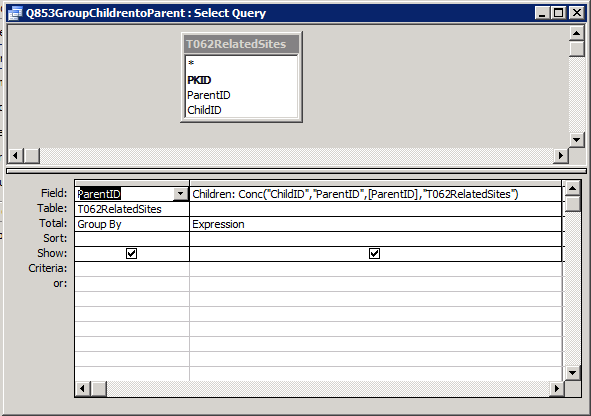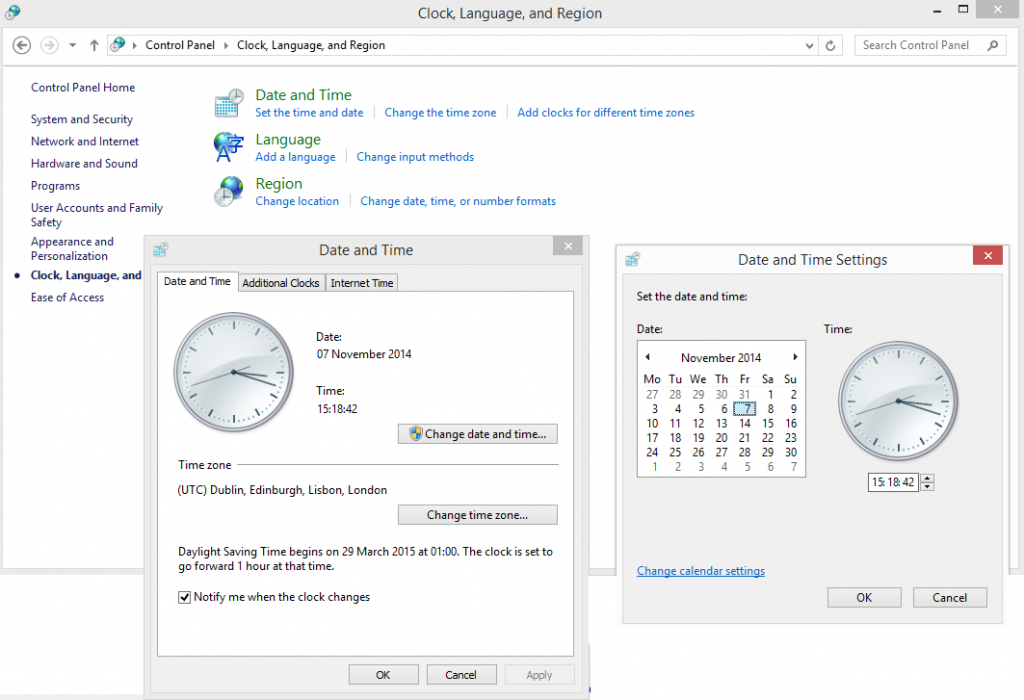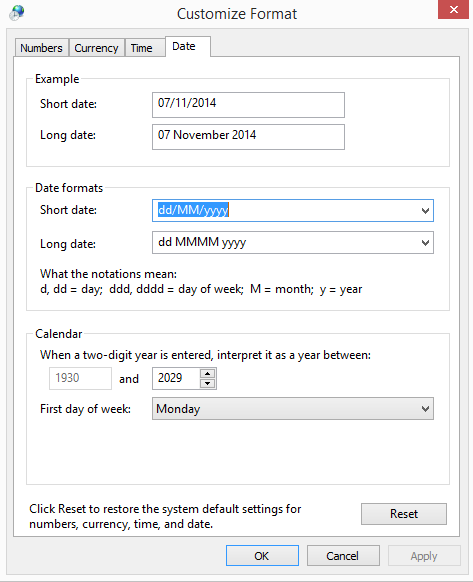In the last couple of years I have started administering a bought in Web Application from an outside vendor. I have found this really quite educational. I will not reveal the name of the product the vendor seems neither better nor worse than other vendors and many of the issues I am experiencing I see repeated with other admins of other web applications.
The software consists of various pieces of middleware linking SQL Server and the .Net and Javascript files. It uses a fairly standard Microsoft Stack to deliver a single page application. The big selling point was that that it was widely available through browsers pretty much anywhere on the web.
We have had it up and running in anger for a couple of years now and I have about 75 users all internal.
The vendor has created a new version and we now need to update. In discussion with the company they tell me that I should not be doing this myself and it is standard practice to get them in to upgrade the version. We already use it more as a stack technology to build our own applications I would want to continue this in the future. They have indicated that it will cost money to get them in to upgrade the software. This is triggering alarm bells because the existing configuration is very complicated, errors are quite regular and error messages tend to be pretty cryptic or non existent. I also like doing setup myself as it teaches me the ins and outs and speeds my learning up for systems which have non-trivial configuration.
A project board has been set up senior management are on board and well its grown legs arms and tails.
We have not widely publicised the application to the general public and they do not access the application at present.
The application itself requires significant amounts of configuration to set up correctly and parameters tend to be static and buried deep in very large HTML files. All this leads me to conclude that configuration in the new version is likely to be just as awkward. The company’s help desk is very good and there is extensive documentation but the sheer obscurity and quantity of configuration parameters makes the documentation the size of a phone directory, difficult and opaque.
Here’s some questions I should remind myself of when looking at New Web Applications in the future.
Are staff really so distributed that you require wide distribution?
Is it an internal or external distribution? – If not external do you really need a web enabled application.
Do you have internal expertise that is interested in developing applications?
With Web Applications or Local applications the backend database technology could well be the same. Internal local area development is likely to be far more flexible / cheap / quick and could motivate staff additionally it can be far more rich in its scope. It would be possible for instance to develop rich interface internally and a minimal interface externally using something like Lightswitch. This would take advantage of the strengths of both development environments.
There is a big push towards web applications I just think IT managers need to carefully consider their positions these applications tend not to be cheap and have a number of disadvantages that seem to have been pushed out of sight.









